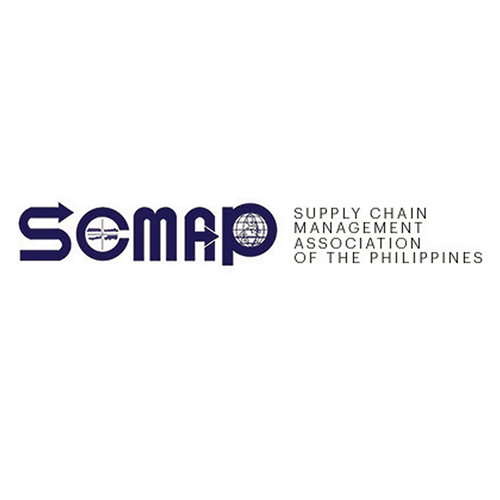Two weeks ago I had the privilege of being a moderator at the first ever LogiSYM Philippines event held at the World Trade Center. One of the takeaways during our panel on building resilient digital workforces is the need to establish the value proposition of any technology that a company decides to acquire, to better sell its benefits to stakeholders and employees – and to rally them further to the cause of improving their operations, as well as the way they work.
It is a question that’s always worth asking, especially for us in supply chain whose work is to add value to the products we deliver – for our bosses, for our customers, and for the communities we serve. What value do we add from taking this next technological step? And going around the Transport and Logistics Philippines trade show that hosted the LogiSYM event, this question is surely top of mind when it comes to one technology in particular: electric vehicles.
There were a lot of electric vehicles on display, and ones that we in logistics may find suitable for our operations, too. Between this and the glut of hybrid passenger vehicles coming out in the market, it seems we’re going to hit a critical mass when it comes to EVs. The continuing volatility in fuel prices is pushing consumers to consider these vehicles. The passing of the Electric Vehicle Industry Development Act provides a significant push on the policy side, although the initial plan to not exempt EVs from excise taxes was a slight disappointment. On the industry side, businesses are also considering EV use as they seek to upgrade their transport fleets.
So, what’s the value proposition? Realistically, at the moment, it’s all about making your supply chains more green – being able to tell your customers that you are walking to talk in at least one aspect of your operations, by moving your products using vehicles that make significantly less emissions and, possibly, does not contribute to the continued heating of our planet. Today’s consumers, those who will be our customers in the coming decades, care deeply about the state of our planet: they have connected the dots between our consumption habits and our soaring temperatures and worsening typhoons. They demand that we do our part, and meaningfully: we cannot get away with greenwashing.
But of course this does not come cheap. Yes, if we are to make our operations more sustainable, we have to shoulder some, or a lot, of costs. Realistically, however, not everybody is ready to make the plunge. Some just don’t have the resources, at least not yet. Others are waiting for that point when the critical mass is truly achieved – and while demand is starting to go up, the question is: do we have the infrastructure that supports the use of EVs?
I was talking to the folks at Mober, who are positioning themselves as a partner for logistics providers and retailers who are looking to make their operations greener. (Disclosure: Mober is the conference partner for our upcoming 2023 SCMAP Supply Chain Conference, but this column was not written with promotional considerations in mind.) They themselves acknowledge that the challenge is the limited infrastructure, particularly in charging stations. For us in logistics, this means our operating range is effectively halved. Let’s say an electric van can travel 150 kilometers in one charge. With limited charging facilities, we can only travel up to 75 kilometers away – we still have to make our return trips. The traffic in Metro Manila would shrink this range further as we will be spending a lot of time idle on the roads, consuming precious energy.
The EVIDA at least provides investment incentives for the construction of charging stations – it’s why you see these pop up in mall parking facilities. But you can’t really charge a van there, can you? What more trucks? I’m sure I’ve seen some of them at the trade show. I was happy to hear that Mober is planning to establish charging depots, initially in southern Luzon, and eventually all the way to Tacloban – initially to cater for their fleet, and hopefully soon, for the growing base of EV users as well. That’s a start.
But there are even more questions to be asked. Are you certain that the electricity I’ll be using to charge my EV comes from a renewable source, and not from fossil fuels? If it’s the latter, wouldn’t I just be killing our planet all the same? That’s a difficult question that hopefully gets answered in the future – say, with greater adoption of solar and wind power. Here’s another difficult question: why should I buy brand new EVs that I can’t use that far anyway, when I can always buy a second-hand truck in Subic?
In the end, it’s all about the value proposition. If we’re to make our supply chains truly green, we’ll have to work harder to make everyone see the point to what we’re doing – and that goes beyond the lofty goals of being sustainable. It will have to make a visible, tangible impact on our bottom lines as well.
Register now for SCC23: Become a delegate now to the 2023 SCMAP Supply Chain Conference, happening on September 21-22 at the EDSA Shangri-la Manila. Join us and understand how we can set transformation in motion as one supply chain. Register now at scmap.org/events/conference/register.
Henrik Batallones is the marketing and communications director of SCMAP, and editor-in-chief of its official publication, Supply Chain Philippines. More information about SCMAP is available at scmap.org.
PREVIOUS COLUMN: Safety First





